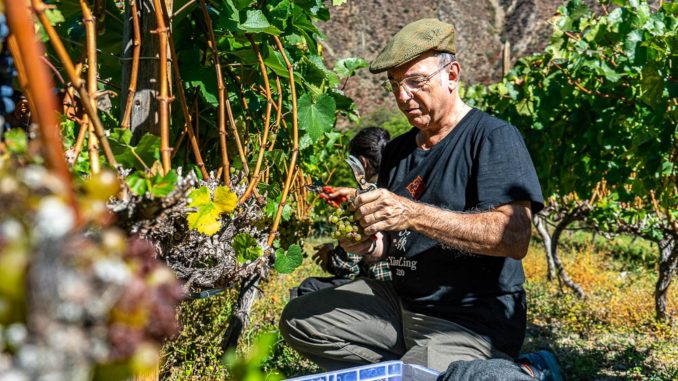
“I really feel destiny trained me to be ready to take this job.”
Set 2000 meters up in Shangri-la, with vineyards even higher, Xiaoling Estate ranks among the best wineries not just in Yunnan but all of China. Bertrand Cristau, who has lived in China for 40 years, says it was his “destiny” to follow in the footsteps of 19th-century French missionaries and make wine in this region.
In this Q&8, we discuss quality versus quantity, prospects for entry-level Shangri-la wine, his reaction to Xiaoling Chardonnay being ranked as China’s top wine, the lingering evidence of those French missionaries and more.
Check it out below. And check out plenty more Q&8s here.
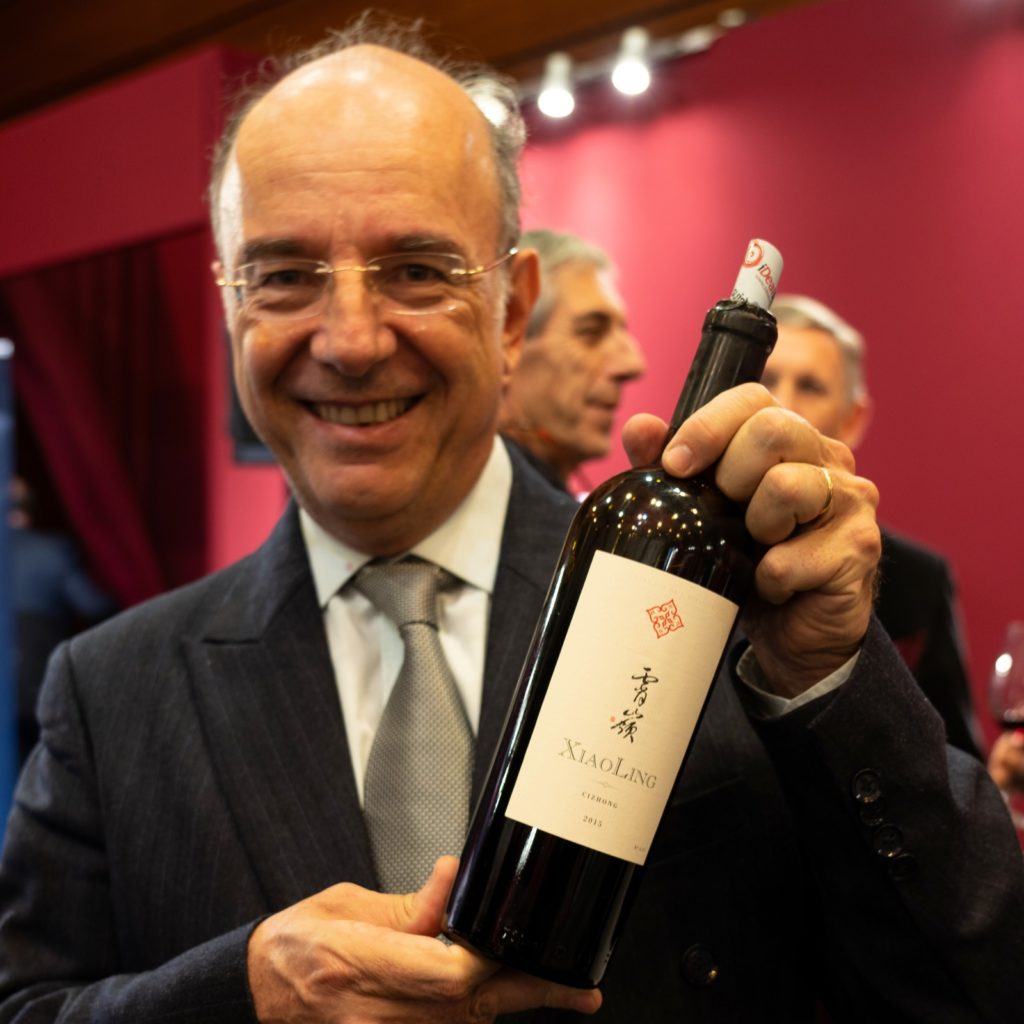
1 Shangri-la seems to have the most potential for fine wine in China but there are still few producers and many vineyards are controlled by just one company. How does Shangri-la get to the next level?
Shangri-la will never be a big region in terms of volume. The available land is limited and hard to access, therefore the only way is to make better wines, not more wines.
This is a very new wine region. In fact, like all of China’s wine regions, we need to explore it more to make better wines. For example, we have so many different climates–the Burgundy definition–and have to decide which is the best variety for each village.
With 1000 meters of difference in altitude from the lower plots to the higher plots, we can try all of the world’s varieties, and it will take at least one hundred years.
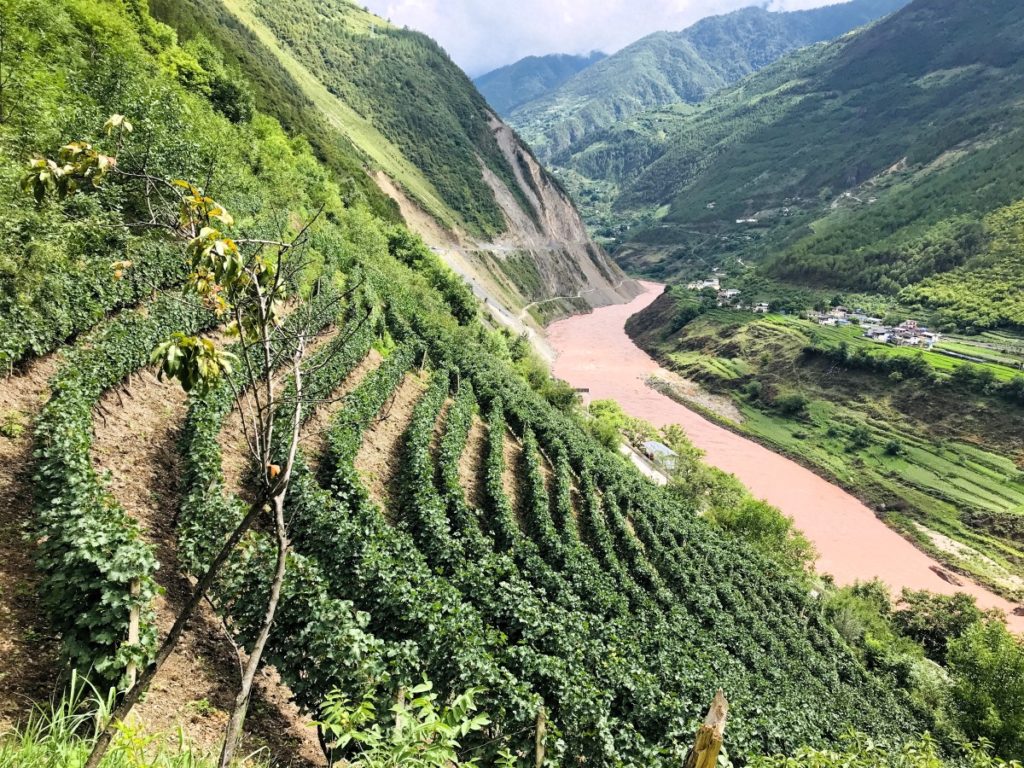
2 People love to compare Chinese wine regions and French ones. What similarities do you see between Shangri-la and Bordeaux, Burgundy et al? And in what ways is it completely unique?
People who taste our wine think of Burgundy, of Burgundy wine made with Bordeaux grapes! Other people compare it to the Rhone Valley, to Chile, to mountainous regions of Spain, and many other places.
They are all right. The fact is we have so many different climates, and this is the most important similarity with Burgundy. And those differences between climates are certainly more extensive here than there. We still need a long time to explore the terroir, to catch its specificities and to show its best.
3 You fully took over Xiaoling in 2017 but your involvement dates much earlier. How did you get started and why pick that particular part of Shangri-la?
It is a very long story. In the 2000s, I read a book by the first French missionary who settled down there in 1867, but it was only in 2012 that I found the specific place. I loved it immediately. Starting to make wine there was not a scientific choice. It was a decision to support the local farmers who are proud of the French roots.
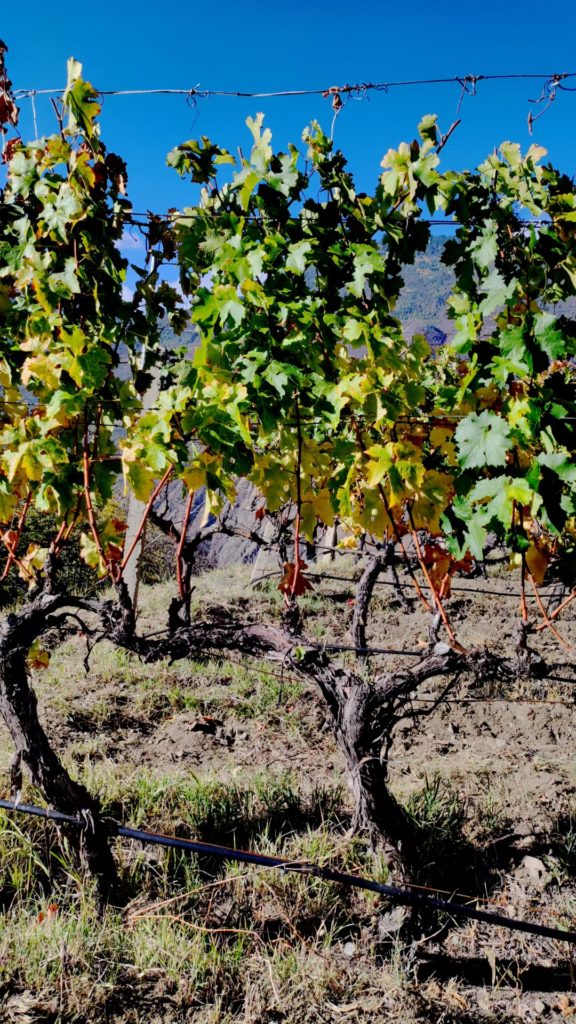
4 During our Shangri-la visit last year, the people, food and scenery were superb, but the effects of the high altitude and long drives between vineyards / wineries were challenges. How have you adjusted, especially versus your life in jam-packed cities like Shanghai?
When I was young, I used to stay in the French countryside, some years in the Isere Valley in the Alps, which has strong similitudes with the high-altitude Mekong Valley near Shangri-la. Therefore, I feel at home when I am there.
When I started working, I set up in Beijing, then in Paris and Shanghai, but I am still a country man and prefer much more staying in Cizhong [in Shangri-la] than in Shanghai.
Altitude is an issue in Shangri-la and Deqin, but our place is only at 2000 meters and there is no altitude problem here.
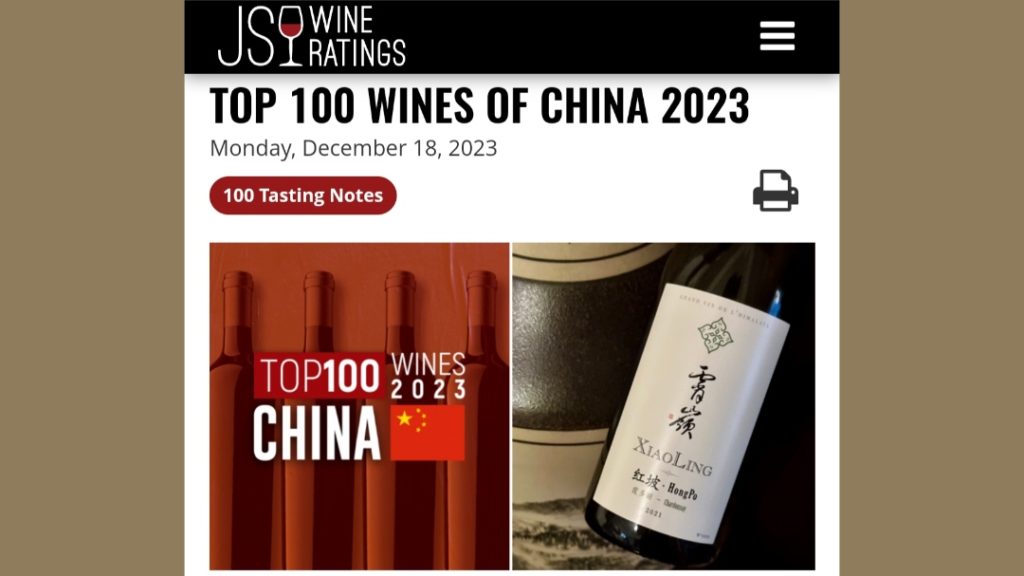
5 Xiaoling gained fame due to its red blends but it is the Chardonnay making a splash this past year. Could you tell us a little about it?
It is certainly our Burgundy roots which made us search for Chardonnay. There is very little planted in our region. As Chardonnay is a fast-ripening variety, it is planted at around 2700 meters of altitude.
The French missionaries started planting vines 90 years ago. They tried many varieties but only Baco Noir, known here as Rose Honey, survived through the last 45 years here with no care as it is a resistant variety.
A local farmer named Augustin started making wine with Rose Honey in 1997, then the government “industrialized” starting from 2002 and planted mostly Cabernet Sauvignon, but also some Chardonnay, Merlot and Syrah.
I am not sure what studies were made at that time to decide the places and the varieties to plant. If anybody knows, I would be very happy to learn more about how this developed. Until more info comes, I will think it is by chance that our reds like our whites show so well.
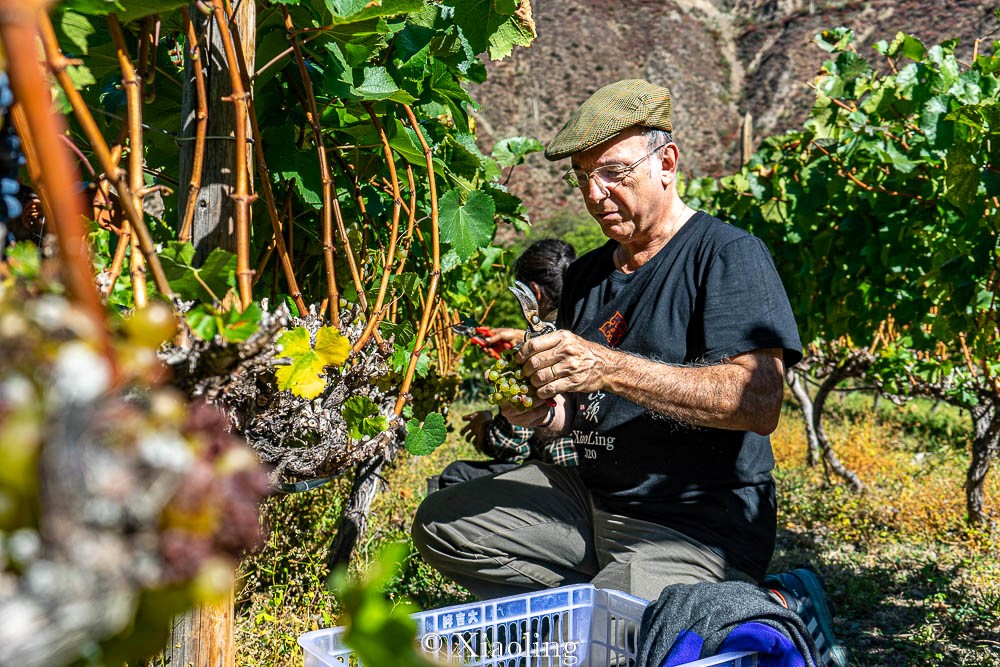
6 Fine wines from Shangri-la are expensive, and out of reach for the average person in Yunnan / China. As the region grows, do you see any chance for lower-priced wines, or are production costs simply too high?
Not only from Shangri-la! Fine wines from all over China are expensive. We do not decide the prices, the market decides.
We sincerely hope most people could try our wines, and presently we are still cheaper than other local wineries at the same quality level. But we need money for our development and presently prioritize expensive high-quality wines.
If you search, you can find some cheaper wines from the region. On Taobao, you can find them as low as RMB19.9 [US$2.80] per bottle, which is certainly under the cost of production. Some local farmers make good wines, too, and propose bargains by local standards of around RMB200 [US$28] per bottle.
Also, you are right, as we have small plots and small production — our output is limited to around 12,000 bottles per year — yes, our costs are high. But there is still room to make cheaper good-quality wines. With our production increasing, we hope to have some entry-level wines on the market at around RMB200 [US$28] per bottle.
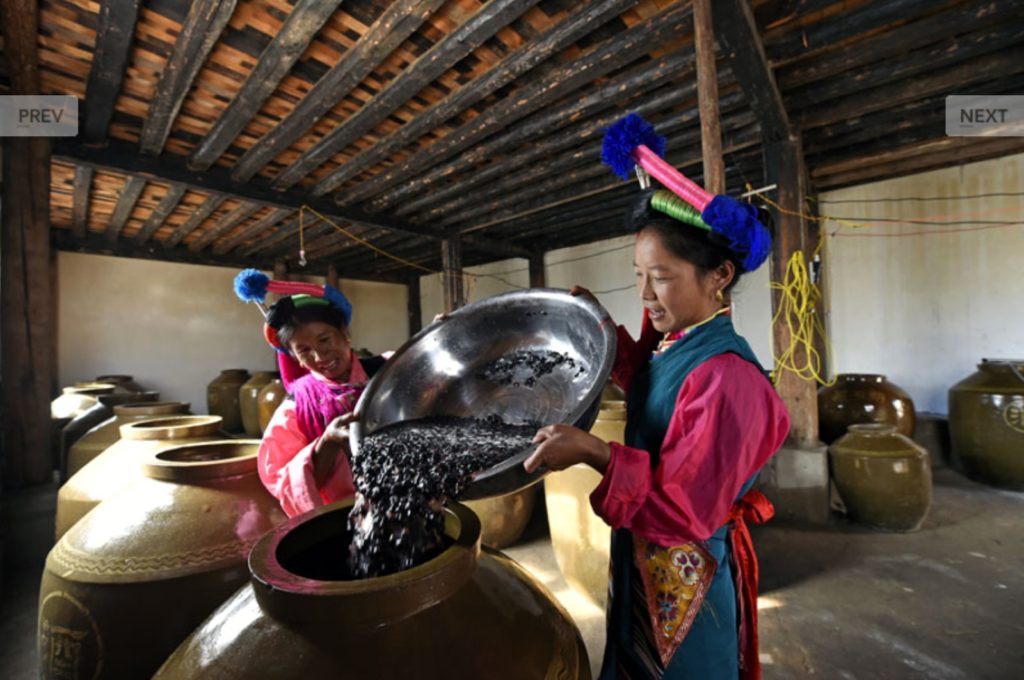
7 There is a strong link between 19th-century European missionaries, including French ones, and grape wine in Shangri-la. I wonder what other lingering ties to the missionaries you have observed?
We are in a multicultural place here. Most people are Tibetan but we can find Lissous, Nu, Mosso, and Han who have mixed together for a long time. It becomes difficult to decide where their culture comes from.
Baco Noir for sure was brought by the missionaries, and wine-making, too. When Augustin restarted wine-making, he asked for help from a local Catholic nun, who learned the skill from the French missionaries, as he had no access to Beijing experts.
People do eat cheese here, and also in other places of Yunnan, but not the same way as we do. They usually cook it. Is this a European tradition that has been adapted?
We can find here pelargoniums [geraniums] that I have not seen elsewhere in China. Were these brought by the missionaries?
The first time I came in the region in 2012, I went for a trek in the mountains and was stopped by the smell of a typically French pot-au-feu. It was prepared by a Tibetan-Catholic family that was grazing cows. Was it a recipe coming from the missionaries or from one of the local minorities?
The Catholic religion for sure comes from the missionaries and is still very alive, but the local Catholics have now the same culture as their Buddhists neighbors. I think the missionaries wanted to integrate with the local culture, and they were so successful that not many of their traditions now appear.
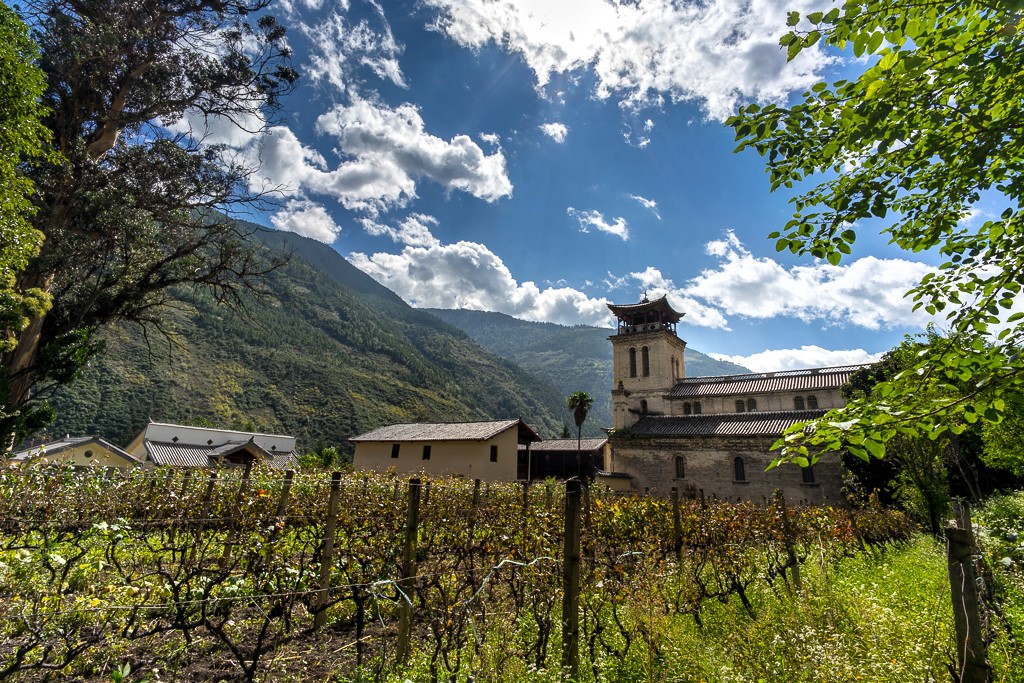
8 Given Shangri-la’s wine history, and its French ties dating back over 150 years, do you sometimes feel it was your destiny to make wine there with grapes like Cabernet Sauvignon and Chardonnay?
Exactly. I really feel destiny trained me to be ready to take this job and oriented me to come here. Too many coincidences occurred and continue to support us to be the result of chance. I feel even more committed to make great wines and show the best of the region, including its soil and its people.
Bonus: Year of the Dragon is fast approaching. I wonder if there are any special goals or plans or for Xiaoling in the coming year?
Many plans! First, we reorganized our sales to cope with our increasing volume. In 2023, sales increased by 50% in value. In 2024, we plan to double.
And we shall increase production but we have limited space available. I am not sure if our sparkling wine will be ready to enter the market this year.
We are also preparing to build a new cellar and a guesthouse to receive our guests. But it will not be ready this year.
And we are discussing with the authorities and the farmers to take over more vineyards; we are already harvesting in 10 different villages, I hope we can increase that to at least 15, maybe 20 villages, in the long term, to show to our clients the variety and richness of our region.
We also want to try new grape varieties, but all these projects need time and more space.
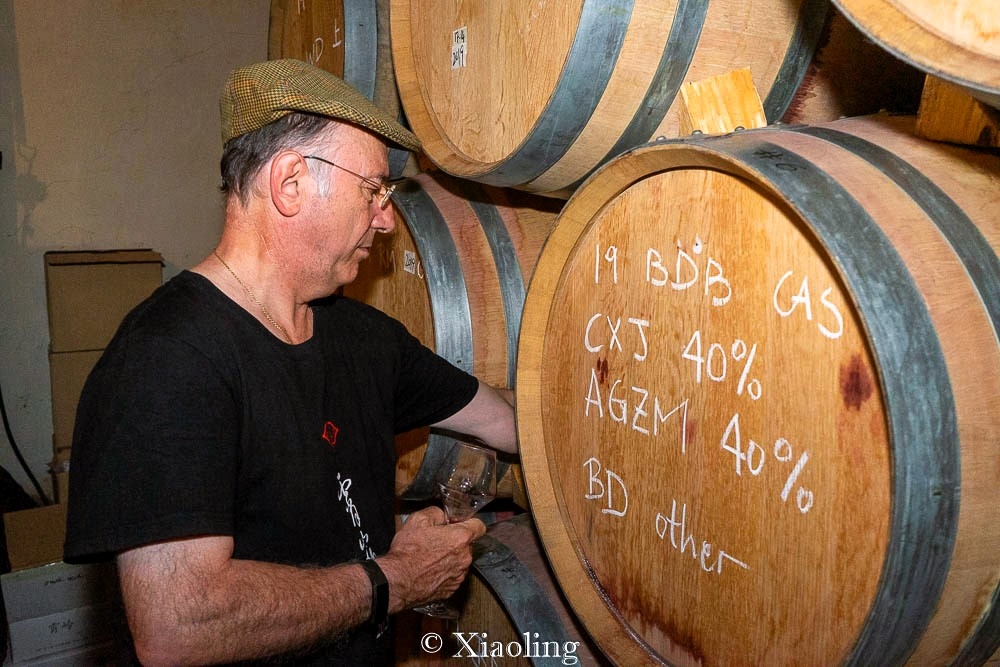
[This Q&8 first appeared in the Grape Wall newsletter. Sign up here.]
Sign up for the Grape Wall newsletter here. Follow Grape Wall on LinkedIn, Instagram, Facebook and Twitter. And see my sibling sites World Marselan Day, World Baijiu Day and Beijing Boyce. Grape Wall has no advertisers, so if you find the content useful, please help cover the costs via PayPal, WeChat or Alipay. Contact Grape Wall via grapewallofchina (at) gmail.com.
Leave a Reply
You must be logged in to post a comment.